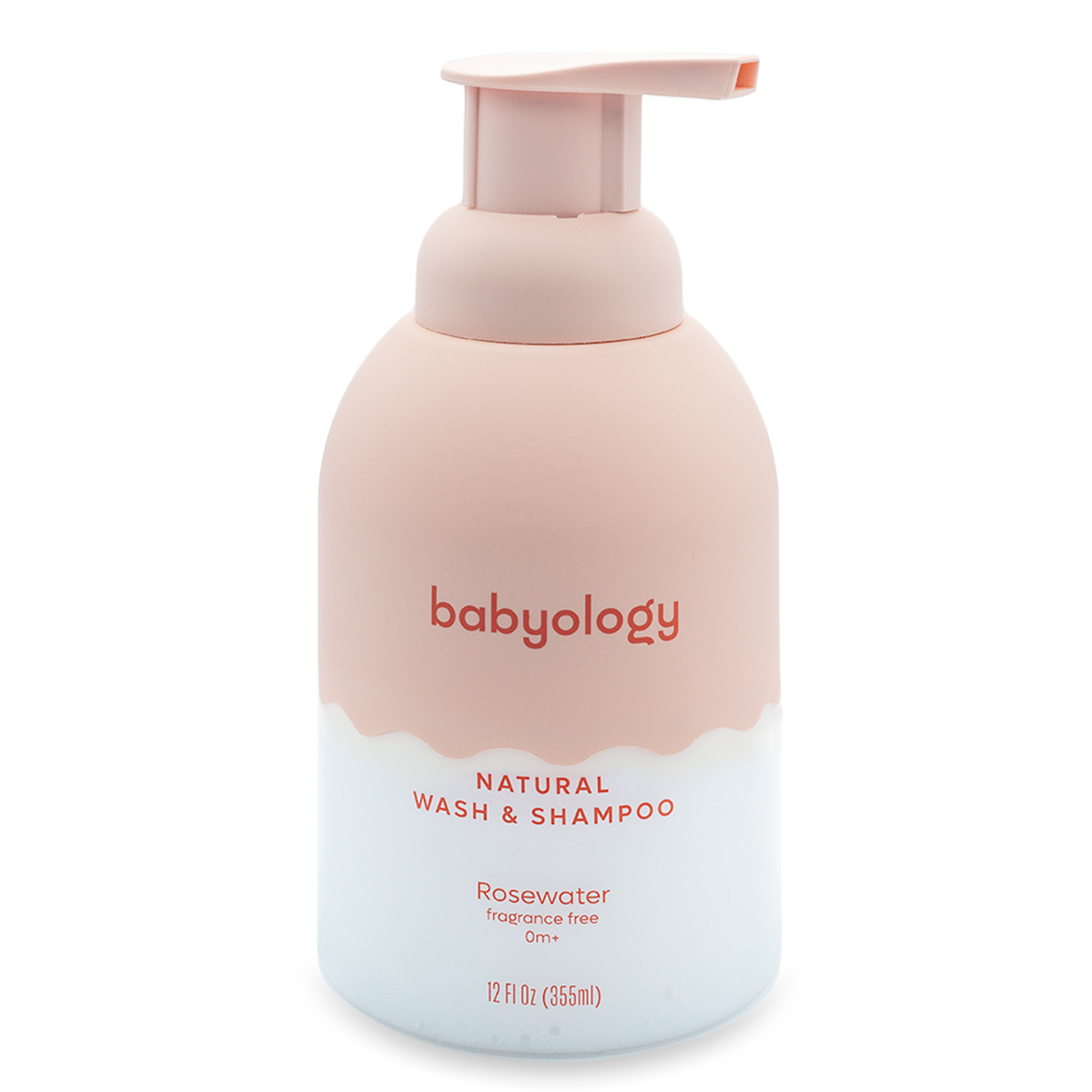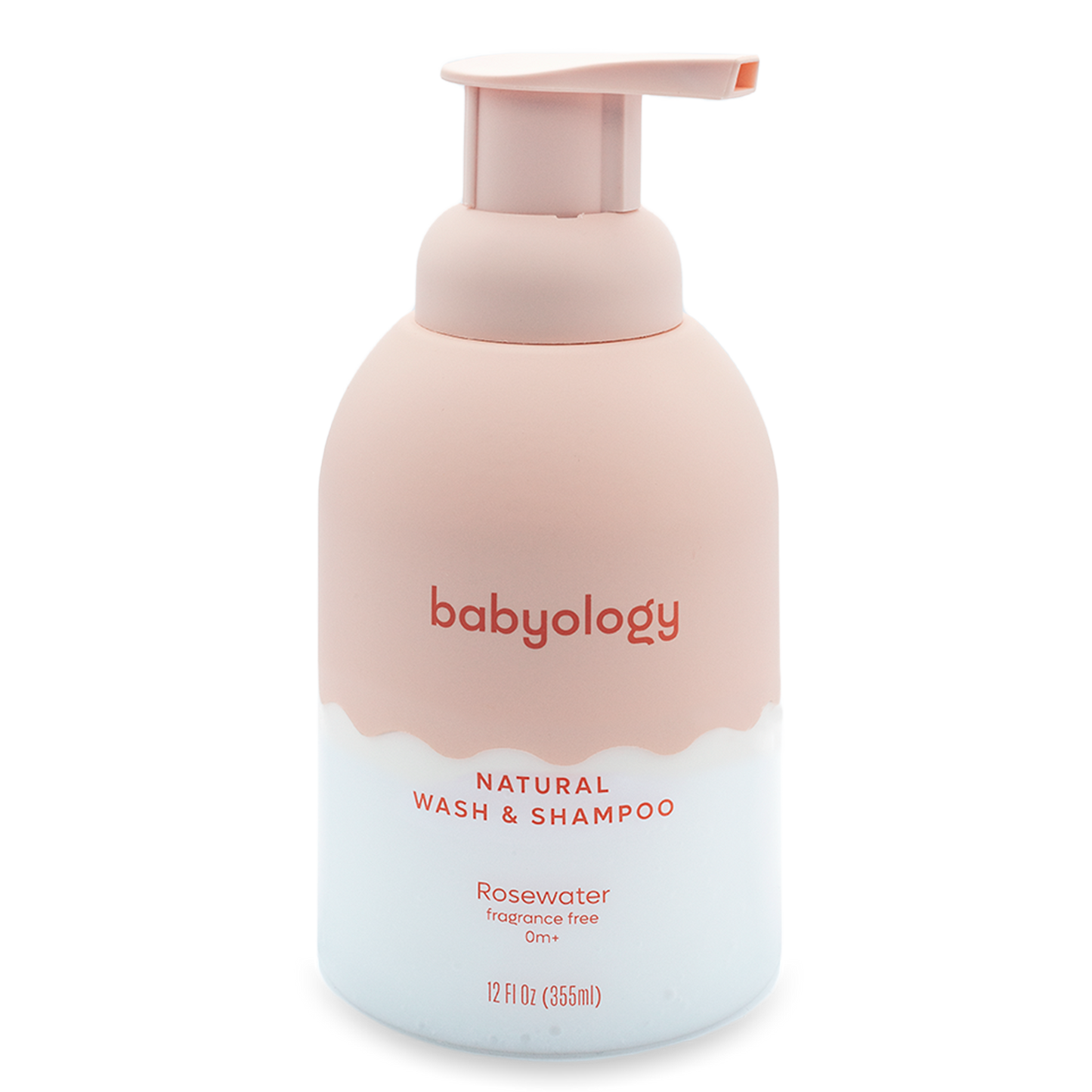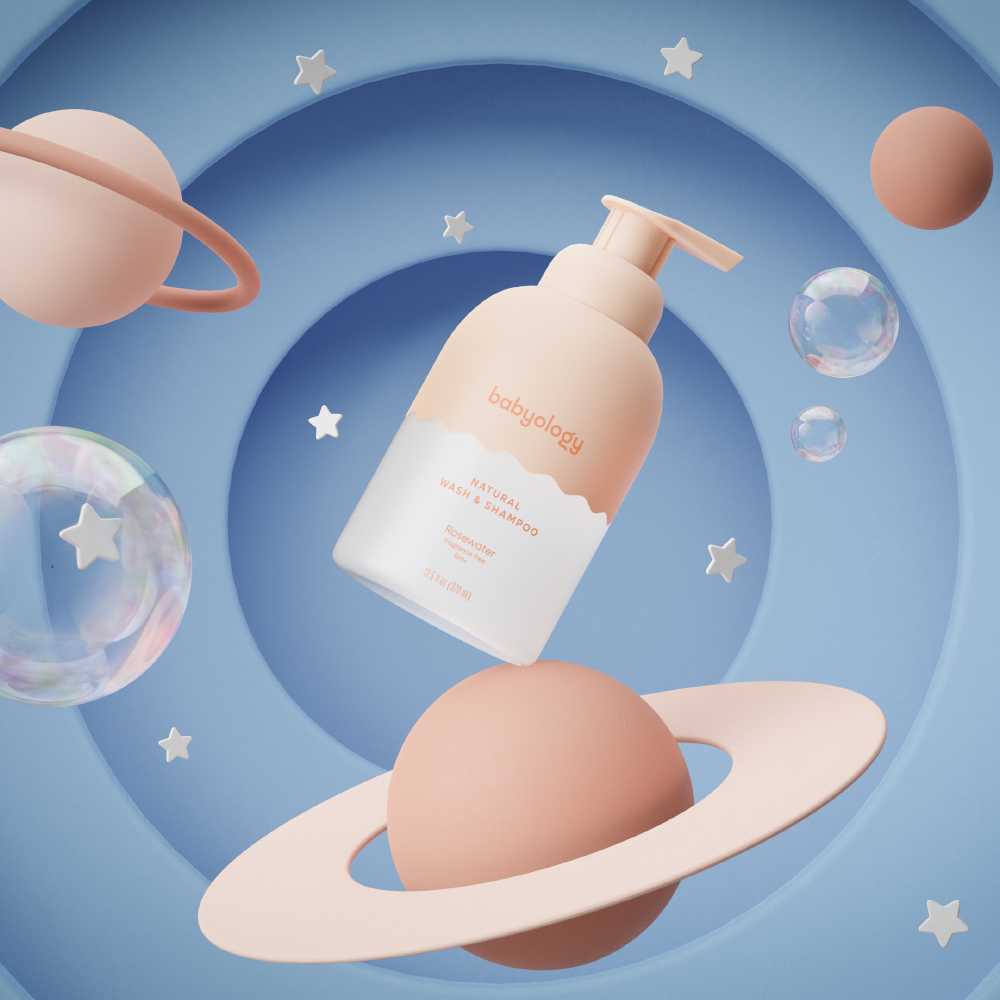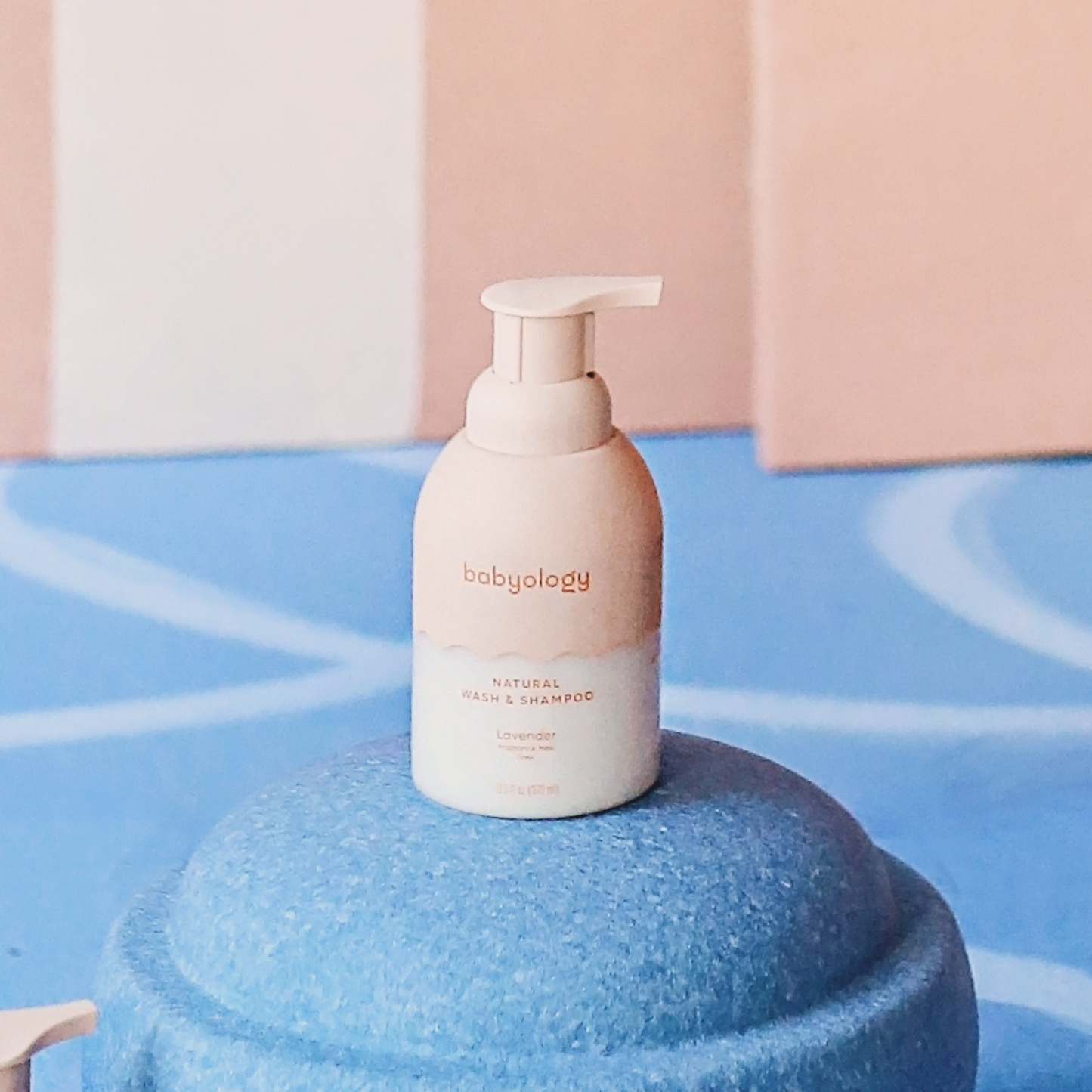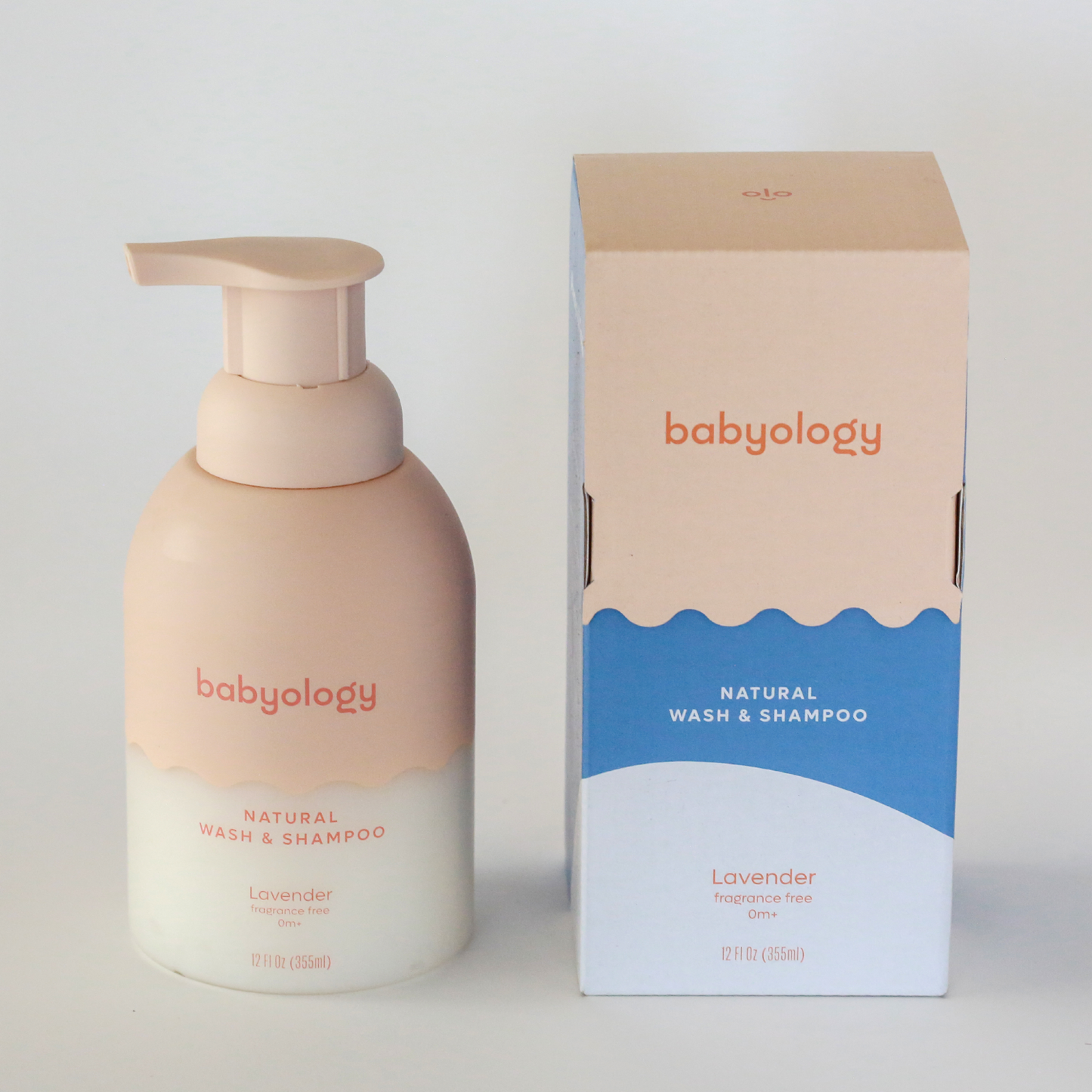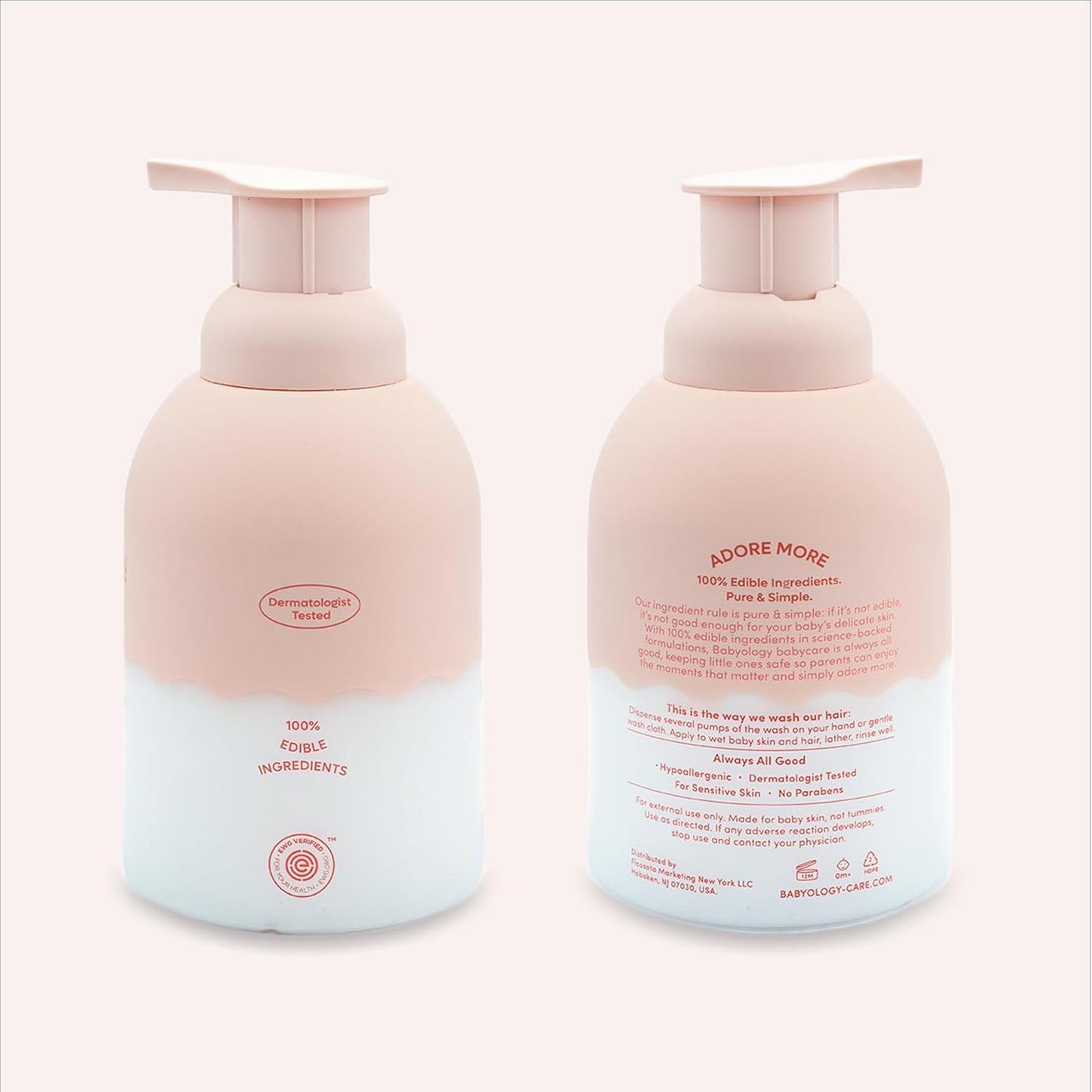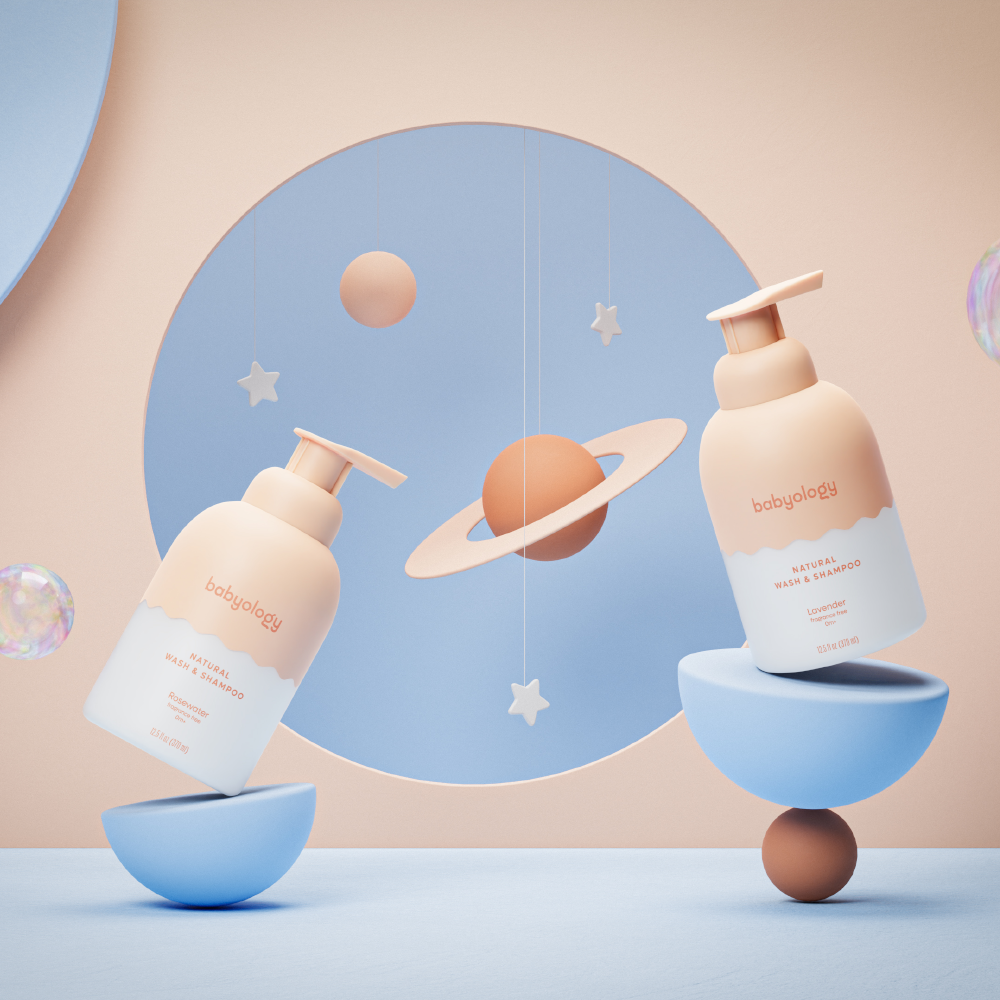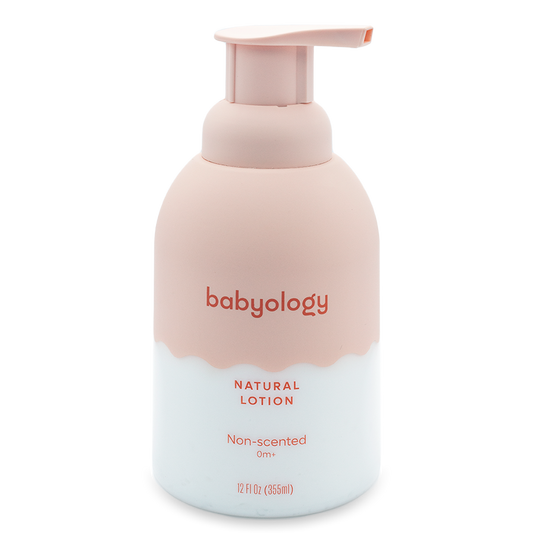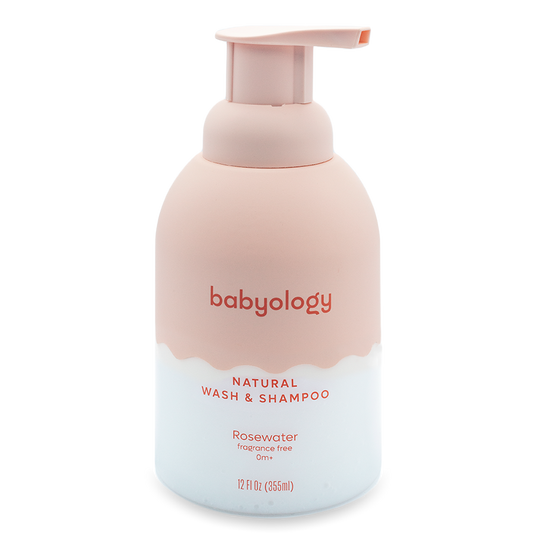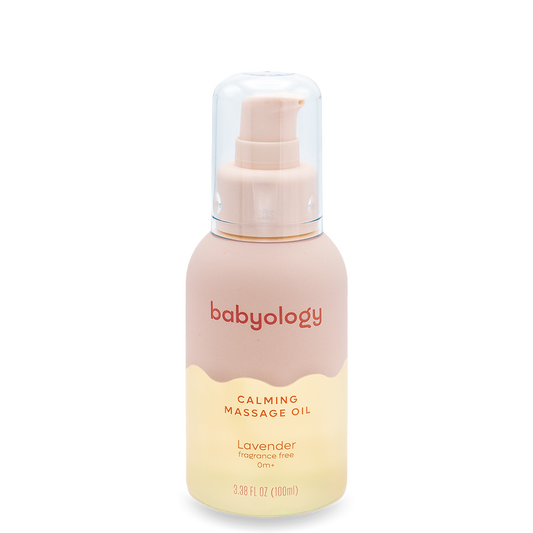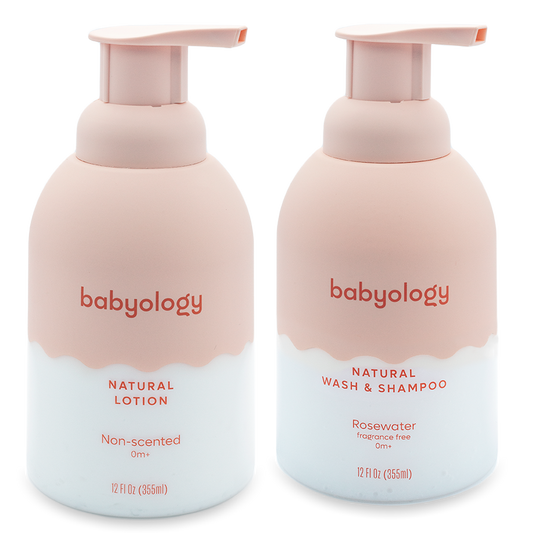Picture yourself standing in the baby care aisle, rows of pastel-colored bottles promising “gentle,” “tear-free,” or “organic.” It’s overwhelming — and as a parent, you want nothing less than the safest option for your little one. But labels can be confusing, and marketing claims don’t always match what’s inside the bottle.
This guide will help you identify the best baby shampoo without chemicals by breaking down labels, highlighting what to avoid, and giving you a clear checklist you can use right at the store.
Why Choosing the Best Baby Shampoo Without Chemicals Matters
Baby skin is thinner and more delicate than adult skin, which means it absorbs substances more easily. Harsh chemicals in shampoos can linger on the scalp, strip natural oils, and even trigger irritation or dryness. For babies with eczema or sensitive skin, the risk is even higher.
By choosing the best baby shampoo without chemicals, you’re reducing unnecessary exposure and protecting your baby’s natural skin barrier. Over time, this small choice supports healthier hair, fewer breakouts, and greater comfort for your child.
What to Look for in Baby Shampoo Labels
A label can tell you everything you need to know — if you know how to read it. Here’s what makes a baby shampoo safer:
-
✅ Short ingredient list – fewer chemicals to worry about.
-
✅ Plant-based surfactants – like coconut-derived cleansers instead of harsh sulfates.
-
✅ Fragrance-free or naturally scented – no synthetic perfumes.
-
✅ Pediatrician or dermatologist tested – ensures medical review for sensitive skin.
-
✅ Transparency – brands that publish every ingredient, not just buzzwords.
These are the first clues you’ve found the best baby shampoo without chemicals, even before you dig deeper into what’s hiding inside.
Ingredients to Avoid in Baby Shampoo
Not all shampoos are created equal. Some contain harsh or unnecessary chemicals that can irritate your baby’s sensitive skin and scalp. When scanning the ingredient list, keep an eye out for these red flags:
-
🚫 Sulfates (SLS, SLES) – strong foaming agents that strip natural oils.
-
🚫 Parabens – preservatives linked to irritation and hormone disruption.
-
🚫 Formaldehyde releasers – hidden under names like DMDM hydantoin or quaternium-15.
-
🚫 Artificial fragrances and dyes – common triggers for rashes and allergic reactions.
-
🚫 Phthalates – often found in “fragrance” or “parfum,” these can irritate delicate skin.
Avoiding these ingredients helps ensure you’re choosing the best baby shampoo without chemicals and reducing unnecessary risks.
Common Questions Parents Ask
What’s the best shampoo for babies?
The best shampoo for babies is one that’s fragrance-free, sulfate-free, and formulated with gentle cleansers. It should protect the scalp without stripping natural moisture.
Which baby shampoo is best and chemical free?
A chemical-free baby shampoo avoids sulfates, parabens, and synthetic fragrances. Look for plant-based cleansers and transparent ingredient lists.
How do I choose a shampoo without chemicals?
Start with the first five ingredients — these make up most of the formula. If they include sulfates or parabens, put the bottle back. If they’re simple, natural, and easy to read, that’s a good sign.
What to look for in baby shampoo?
Check for clear labeling like “sulfate-free” or “fragrance-free.” Bonus points if it’s dermatologist or pediatrician tested.
What is the 5-8-5 rule for babies?
This often confuses parents searching baby care info. The 5-8-5 rule relates to sleep and feeding patterns (5 naps, 8 hours of night sleep, 5 feedings). While not about shampoo, it shows how much parents care about routines.
How to Identify the Best Baby Shampoo Without Chemicals at the Store
When you’re holding a bottle in your hands, here’s a quick system to make your decision easier:
-
Flip the bottle – ignore the front label and check the ingredient list.
-
Scan the first five ingredients – this is the bulk of the formula.
-
Check for keywords – “sulfate-free,” “paraben-free,” “fragrance-free.”
-
Avoid long, complex names – these often disguise harsh chemicals.
-
Look for natural surfactants – coconut or sugar-derived cleansers are safer.
-
Choose transparency – brands that publish every ingredient openly are usually more trustworthy.
Following these steps gives you confidence that you’re choosing the best baby shampoo without chemicals, right at the store shelf.
Final Tips for Parents
It’s easy to get swayed by packaging that says “organic,” “natural,” or “gentle.” But these words aren’t regulated, which means they don’t always guarantee safety. The real secret is in the ingredient list.
-
Always read past the marketing claims.
-
Compare multiple bottles before deciding.
-
Trust your instincts as a parent — if the ingredient list looks overly complicated, it probably isn’t the best option.
Finding safe baby shampoo doesn’t have to feel overwhelming. By focusing on short ingredient lists, avoiding harsh chemicals, and trusting brands that are transparent, you can protect your baby’s delicate skin and scalp.
The next time you’re standing in the baby aisle, use this checklist and remember: the best baby shampoo without chemicals is the one that keeps bath time gentle, safe, and worry-free.
